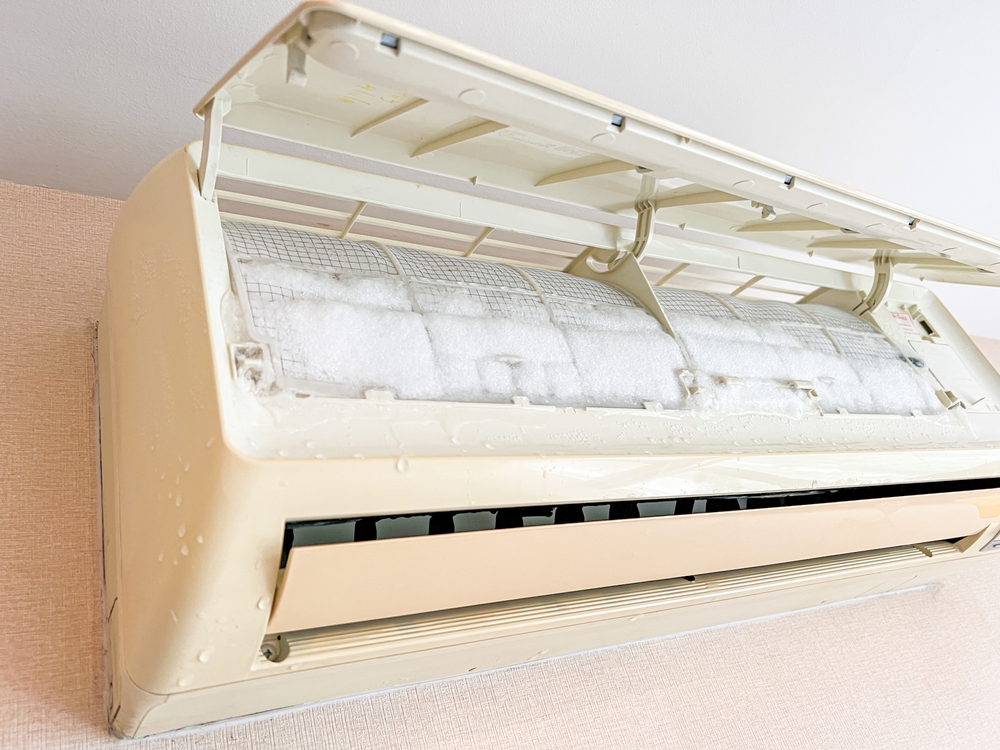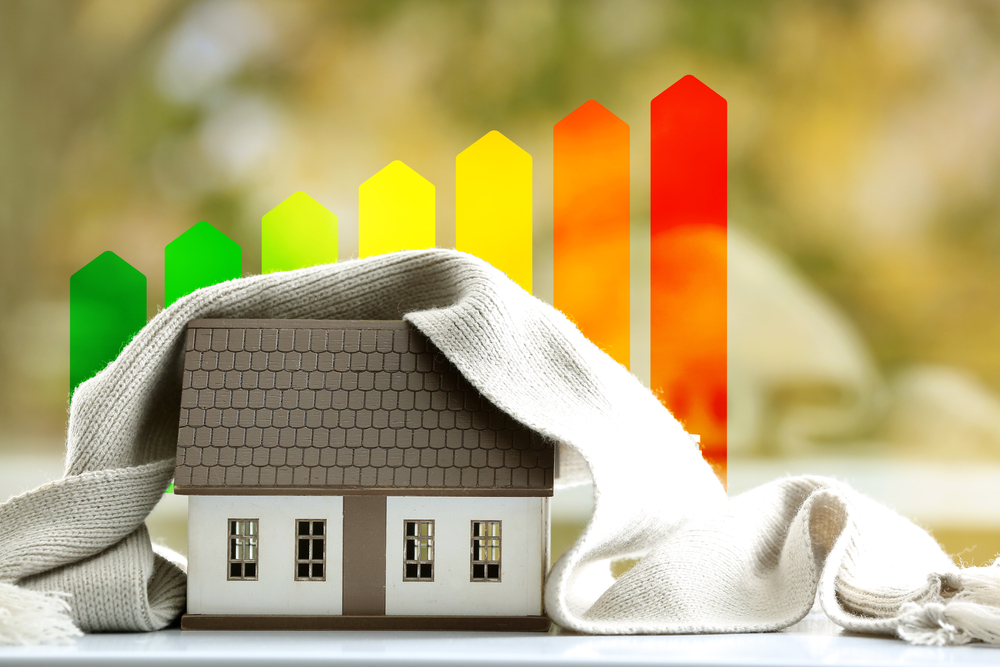Blog
What Is an Upflow Furnace System?

The difference between an upflow and a downflow furnace refers to the direction in which heated air is pushed out of a furnace as it enters your home’s ductwork. Quite simply, if heated air is pushed out of the top and up into the vents, it is known as an upflow furnace. If the warm air is pushed out of the bottom of the furnace and down into the venting system, it is known as a downflow furnace.
Upflow furnaces generally perform best when they are installed in the basement or ground floor of a residence, and at the base of the venting system, where they can push heated air upwards through the vents. Very often, homes that are already built with duct systems in place do not give you the option of choosing between the types of furnaces, as it is pre-decided.
The Pros and Cons of an Upflow Furnace System
Before you can make an informed decision about what heating system you should install in your home, it’s important to look at the benefits and drawbacks of the various options you have.
Pros of Upflow Furnaces
Looking at the difference between upflow and downflow furnaces, it’s important to weigh the pros and cons of each heating system so you can figure out which unit is best for your needs and home.
Take a look at some of the pros of upflow furnaces:
- Efficient Heat Distribution: Upflow furnaces effectively distribute warm air from the bottom to the top of living spaces, creating a natural convection cycle that helps maintain consistent temperatures.
- Suitable for Basements: Upflow furnaces are commonly used in homes with basements, as the warm air naturally rises to upper living areas, maximizing comfort.
- Easier Installation: The installation of upflow furnaces is often simpler since they align with the natural flow of heat and require less complex ductwork arrangements.
Cons of Upflow Furnaces
While upflow furnaces have shown to have many advantages, it’s also worth noting that you may encounter some drawbacks with this system.
- Limited Applicability: Homes without basements or those with limited space for an upward heating unit might find upflow furnaces less suitable due to their specific design requirements.
- Cooler Basements: Upflow furnaces can make basements cooler due to the upward heat movement, potentially affecting the basement's overall comfort.
Upflow vs. Downflow: What's the Difference?
If your home doesn’t have a basement or an accommodating place, a downflow furnace might be a better option for you. Downflow furnaces step in as a smart heating alternative in residences without basements or where upflow furnace installation isn't feasible. These furnaces are particularly useful for homes built on slab foundations, as they efficiently channel warm air downward.
By adapting the heating direction, downflow furnaces ensure effective heat distribution and comfort in spaces where traditional furnace placements might not work optimally. This makes them an ideal choice for addressing the specific needs of homes with distinct layouts or foundation structures.
Pros and Cons of Downflow Furnace Systems
Depending on your home’s layout and your heating needs, you may benefit from a downflow furnace. Before buying a new furnace, take a look at the different advantages of this style of heating unit so you can make an informed decision:
- Adaptable Placement: Downflow furnaces are ideal for homes without basements or with unconventional layouts, as they direct warm air downward, efficiently heating the living areas.
- Even Heating: The downward heat distribution of downflow furnaces ensures even warmth throughout the living space, eliminating cold spots.
- Space Efficiency: These furnaces can maximize available space by being installed on upper levels, making them a suitable option for residences with limited space for heating units.
Like upflow furnaces, downflow furnace systems also come with some disadvantages. These may include:
- Cooler Upper Levels: Downflow furnaces can lead to slightly warmer lower levels and cooler upper levels due to the downward heat flow, which might require additional adjustments for optimal comfort.
- Complex Ductwork: Installing additional ductwork for downflow furnaces can sometimes be more complex, as the downward heat direction demands specific duct configurations.
Upflow Furnace Installation
If you are looking to have an upflow furnace installed in your home, speak to a team of experienced technicians. These professionals can help you with every step of the process and find a system that fits your budget. They will examine your home to assess how big your unit should be and where exactly to place it.
There are many heating options available for home heating, which is why we at Home Comfort Experts offer a free estimate and consultation to help determine what kind of system is best for your particular home, needs, and budget.
Get in touch with our heating professionals today to find out how we can serve your home heating needs. We offer many state-of-the-art models and brands of heating systems and work on all types of furnaces.
We serve Northern Indiana and Southwestern Michigan from our 12 locations. Contact us at (574) 319-9247 to learn about our heating options, including eco-friendly and high-efficiency furnace and heat pump options. Whether you need an installation or furnace repairs, our team is here to help.






